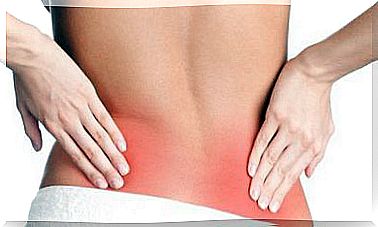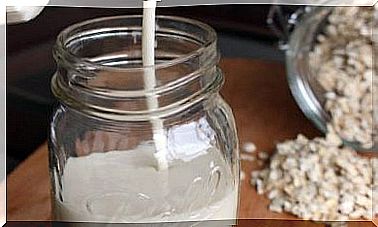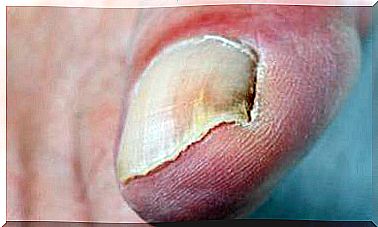Saving Water And Electricity In The Kitchen
The kitchen is one of the rooms in the house where water and electricity are consumed the most. Discover the best tips to save and take care of the environment as well as your wallet!
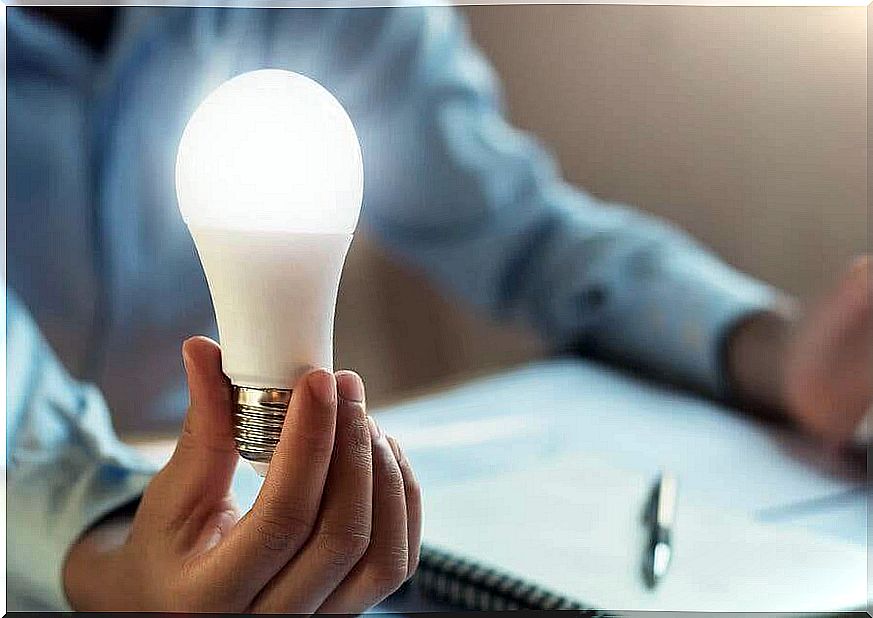
Environmental pollution is a current issue that concerns us all. However, to improve the current situation (or at least not to make it worse) it is necessary to take measures, starting at home. In this article, we therefore offer you some tips for saving water and electricity in the kitchen.
Recent data published by the World Health Organization indicates that 9 out of 10 people in the world breathe polluted air. On the other hand, Unesco has warned that, if no action is taken, “the world should face a global water deficit of 40% by 2030”.
If we pay attention to our energy expenditure, we help to reduce the necessary energy production. And, consequently, environmental pollution. The same goes for water, a rare commodity without which we could not live. Reducing consumption means protecting our future.
Do you think these two reasons are enough to change your habits at home? You too can bring your own grain of sand to take care of the environment and both your wallet!
Save water and electricity in the kitchen
The kitchen is one of the rooms in the house where the most water and energy in the house is consumed. This is why it is important to pay attention to it and to change our habits. Are you interested in finding out how to save water and electricity in the kitchen?
Tips for saving water
Water is one of the most important resources on our planet. Unfortunately, thousands of liters are wasted around the world every day. If we change our habits, we can reduce our water consumption at home.
1. Wash the vegetables and fruits in a bowl
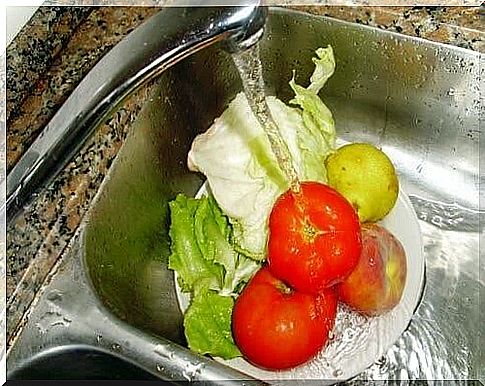
How many of us wash fruits and vegetables under running water? Most certainly. To save water, you can fill a bowl and then soak what you need to wash. Then don’t throw the water away, use it to water the plants!
2. Fill the sink to wash the dishes by hand
Another mistake is leaving the faucet on while we do the dishes. The first step is to remove any leftovers to avoid clogging the pipe. Then lay out your dishes. First of all, glasses, cups, plates, cutlery and finally, pots and pans. Wash them and fill the sink with water to rinse them.
3. Use the dishwasher
Believe it or not, the dishwasher uses less water than you need to wash the same amount of dishes and pots by hand. If you have one at home, use it! The important thing is to start it when it is full. Running it half full is a waste of water and electricity.
4. Check the taps
It is important that the faucets in your kitchen are in good condition, without leaks, and especially that you turn them off properly after each use. A dripping faucet can lose up to 20 liters of water per day.
5. Steaming
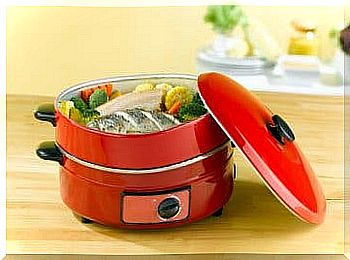
Did you know that vegetables retain their nutritional values better when steaming? In addition, you will also reduce your water consumption. So try steaming spinach, broccoli, zucchini, green beans or carrots.
6. Install accessories to save energy
There are small parts on the market that are used to save water. The cost is usually not high and you will notice your consumption reduced in no time.
7. Do not thaw with the tap
When we forget to thaw food on time, we end up resorting to hot tap water to speed up the process. We are wasting drinking water.
8. Reuse the water in cooked vegetables
The cooking broth you get after cooking vegetables is a perfect base for making soups, stews, and even pasta. Don’t waste it by throwing it in the sink, instead use it to flavor your dishes.
Tips for saving electricity
Saving water and electricity in the kitchen is fundamental to taking care of our wallet and fighting for a more sustainable world. Now that we have mentioned some ideas for saving water, let’s take a look at the ones for minimizing electricity consumption.
1. Buy A ++ household appliances
The next time you need to buy a new appliance, check the label! Those with the A ++ rating will help you save money by using less power. And taking care of the environment.
2. Adjust the refrigerator temperature according to the season of the year
In winter, the fridge does not need to operate at temperatures as low as in summer. Therefore, if you adjust the thermostat, you will be able to reduce the energy consumption. The temperature should be between 3 and 5 degrees: 5 in winter and 3 in summer. Even if the difference seems small, you will notice it.
3. Refrigerate foods once they are cold.
Avoid putting hot food in the fridge. Otherwise, it forces it to work harder to cool it down and at the same time increases energy consumption.
4. Check the location of the fridge
The refrigerator should be away from heat sources such as the oven. And, at the same time, having a space between the bottom and the wall is preferable, so that the air circulates freely, thus avoiding overheating.
5. Use the right stove fire
Choose the right heat for each pot and pan. To find out if you are using the correct one, check the diameter of the pan: does it protrude from the heat? The base of the pan should be equal to or greater than that of the fire in order to avoid wastage.
6. Switch off the oven and the ceramic glass before finishing cooking.
The oven and glass ceramic remain hot for a while after being turned off. You can therefore turn them off while finishing cooking your food. It will be the same, but with less energy expended!
7. Do not open the oven in the middle of cooking.
Opening the oven when you are cooking involves a loss of 20% of the heat it must recover when the door is closed. So calculate the cooking times carefully to avoid wasting electricity . An other idea ? Cook several dishes one after the other to take advantage of the preheated oven.
8. Disconnect unused devices
For example, think of this beautiful capsule coffee maker. Have you noticed that it consumes energy even if you don’t use it? It’s the same with the microwave, and many household appliances.
Finally, saving water and electricity in the kitchen brings about a series of changes in habits. So get involved and fight for a healthier world too. By following our advice, you will take care of your wallet and the future of your children.
